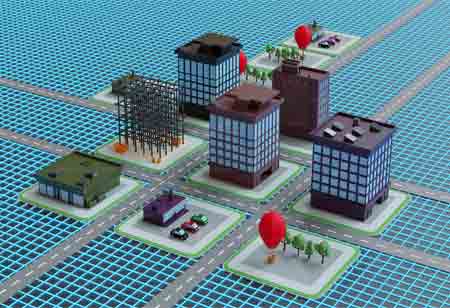Thank you for Subscribing to Gov Business Review Weekly Brief
Pros & Cons of AI in Disaster Management
Acute natural disasters, similar to those generated by the atmosphere, geophysics, hydrology, oceanography, or biology, are qualified to wreak havoc

By
Gov Business Review | Monday, February 13, 2023
Stay ahead of the industry with exclusive feature stories on the top companies, expert insights and the latest news delivered straight to your inbox. Subscribe today.
AI can better catastrophe administration. Learning its advantages needs to identify and devastate its boundaries.
FREMONT, CA: Acute natural disasters, similar to those generated by the atmosphere, geophysics, hydrology, oceanography, or biology, are qualified to wreak havoc on human society and the natural world and even further afield. These kinds of misfortune can have an unduly negative impact on separate places. Proficients in geoscience and catastrophe risk ease often relate to events like this as natural disasters by reason of their unevenly adverse impacts on particular people and regions.
In the recent few months, there has been an upgrade in attraction to using cutting-edge technologies, like artificial intelligence (AI), to enhance the management of natural disasters. It is accepted that such technologies can also help natural emergency readiness by capitalizing on a wealth of geospatial data to enhance our knowledge of natural catastrophic circumstances, the timeliness of identification, the accuracy and groundwork of forecasts, and the effectiveness of emergency communications.
Successes and regulations for data
High-quality data is the keystone of all AI-based methods. Numerous constraints and technological issues are assessed when administering data for AI-based algorithms. AI-based techniques may be quite useful if a training dataset encloses numerous events. Yet, by reason of the rarity of these happenings, a restricted amount of data is open. One approach is making synthetic data according to a physical understanding of these threats.
Success and boundaries to AI development
When high-quality databases are presented, AI-based algorithms integrate numerous sources of details or modeling methods to determine or indicate occurrences. A deep learning process can connect the seismic source and propagation modeling to assemble probabilistic estimates of earthquake shaking intensity at a particular location.
Disputes and solutions to AI enactment
Generally, AI-based algorithms are devised in an academic setting by professionals in geoscience or machine learning to extend the scientific understanding of natural calamities. Communication with decision-makers and end customers (like government emergency management agencies and humanitarian institutions) is often limited during a research project's lifecycle, starting with obtaining funding and ongoing via conveying the project's findings. For illustration, once a program is ruined, the outcomes are given at scientific conferences, specialized boards, and peer-reviewed publications; yet, these results infrequently acquire the stakeholders and end-users earlier said. Due to this gap, the execution of these AI-based algorithms is impeded.
Innovative data sources and AI-based technologies enhance global disaster surveillance, prediction, and communication. Their placement is generally hampered by the least interaction between AI developers and practitioners and a shortage of defined rules for designing, assessing, and using these technologies.
More in News






